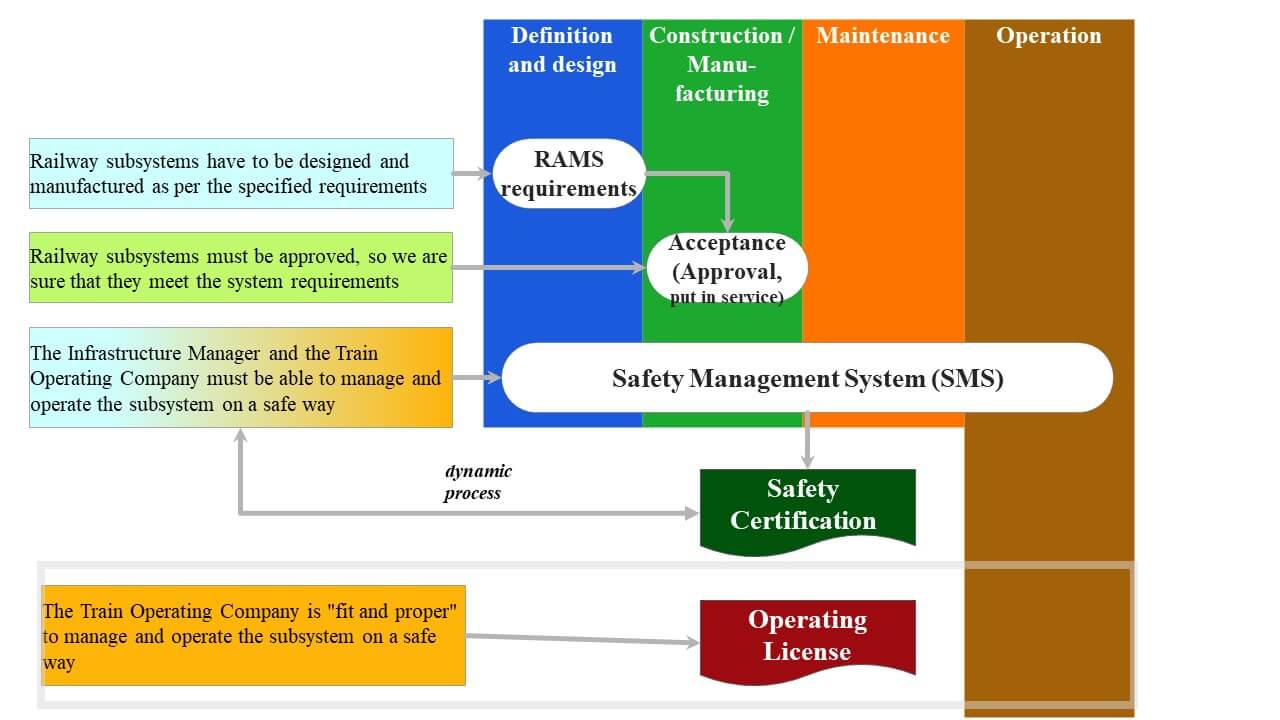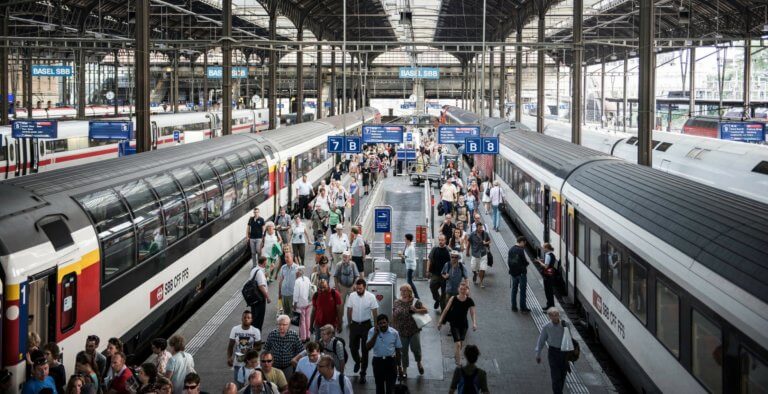By Kostas Tzanakakis, Senior Railway Expert, June 2019
We are living in a complex world! Our life today is fundamentally different than it was just 30 years ago. Complexity is in almost everything we do: the products we design, the jobs we do every day, and the organizations we oversee. Systems that used to be separate, they are now interconnected and interdependent, which means that they are, by definition, more complex.
Our systems are not alone – there are many interfaces. An interface occurs whenever a system or subsystem or component interacts with other systems, subsystems or components. In complex systems, there are hundreds or even thousands of interfaces. Does complexity affect the efficiency of those systems?
Our transport systems are complex, but of course, we want to travel safely and without any trouble. So that to happen, our complex transport systems must be reliable, available when needed, with short maintenance periods, and they must also be safe. How can be assured that they will function as required?
Next, we will try to give in a simplified way the overview of the whole process to establish a safe railway system.
The life cycle of our railway system and subsystems has many phases. We consider here four basic phases:
- Subsystem definition and design
- Subsystem construction / manufacturing
- Subsystem maintenance and
- Subsystem operation
Our railway subsystems have to be designed and manufactured as per the specified requirements, the RAMS requirements. RAMS means Reliability, Availability, Maintainability and Safety and is an engineering discipline that integrates reliability, availability, maintainability and safety characteristics of a railway system into the product design.

Then, the railway subsystems must be approved, so we are sure that they meet the system requirements. After their acceptance or approval, they can be put or placed in service. How can we assure that the Infrastructure Manager and the Train Operating Company (Railway Undertaking) can manage and operate the subsystem in a safe way? They must elaborate and implement a proper Safety Management System (SMS), so based on their SMS, they can get a certification (In the European Union, the Infrastructure Manager gets Safety Authorization). It is a dynamic process.
If the Train Operating Company (Railway Undertaking) is “fit and proper” to manage and operate the subsystem on a safe way, then, it gets an Operating License.
All aspects for establishing a safe railway system will be presented in eight courses we plan to offer in the second half of this year, that will be supported by separate books. Our courses and books to assist and guide Ministries of Transport, Government Authorities, Railway Organizations, public and private Railway Developers, etc. for establishing a safe railway system. For more information, you can visit our website, www.railhow.com
Kostas Tzanakakis
LinkedIn: kostas-tzanakakis
e-mail: [email protected]


